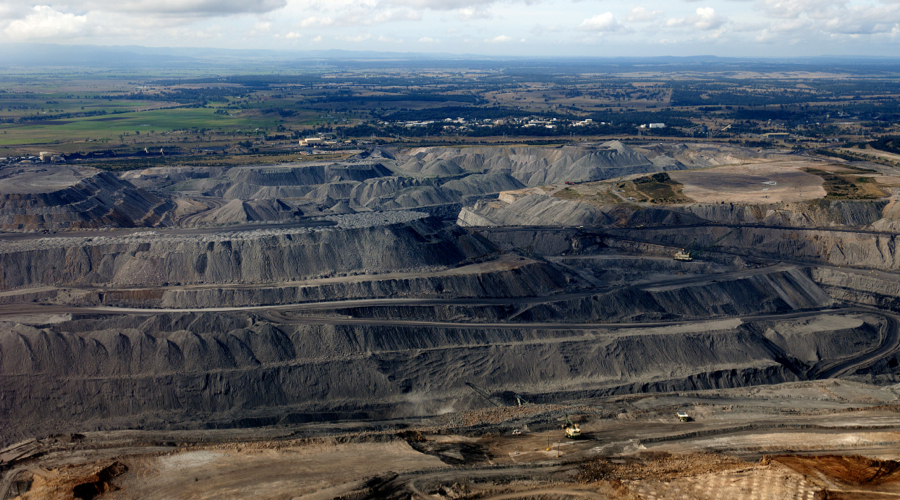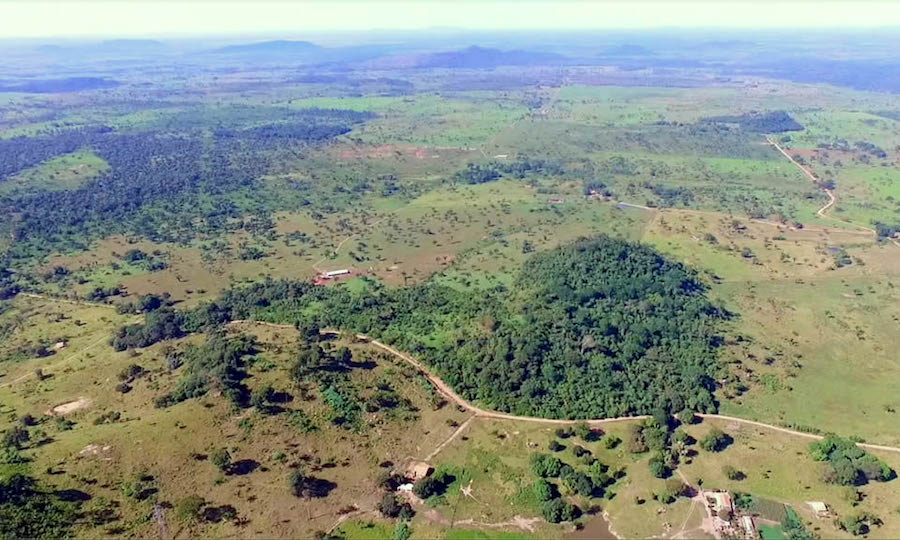Australia, Germany, Japan at high environmental risk due to reliance on coal — report

Coal mine in Australia’s Hunter Valley, by Max Phillips (Jeremy Buckingham MLC) | Flickr Commons.
Water stress, air pollution concerns, new policies, carbon capture and storage challenges, as well as competition from renewables and gas, are some of the main issues coal companies need to address immediately, a new study suggests.
Published Thursday by the University of Oxford’s Smith School of Enterprise, the report details the level of exposure to environment-related risks of the world’s main coal companies.
Ben Caldecott, director of the Stranded Assets Programme at the University of Oxford’s Smith School of Enterprise and lead author, says the coal industry is exposed to uncertainty over future demand for thermal coal for power stations from countries such as China and India, which are increasingly relying on domestic production and other forms of energy.
The global coal industry is exposed to increasing uncertainty over future demand for thermal coal for power stations from countries such as China and India, says the University of Oxford’s Smith School of Enterprise.
The document outlines a comprehensive risk assessment of the main 100 coal-fired utilities, the top 20 thermal coal miners, and the 30 most important coal-to-liquids companies.
The study also identifies the countries more likely to be affected by environmental problems due to their reliance on coal, or by what the experts call the “utility death spiral.”
That phenomenon, explains the report, occurs as solar and wind energy take market share from the centralized electricity grid and fossil fuel coal generators, forcing them to raise distribution charges or close generating capacity.
Australia, Germany and Japan lead the list of major global economies that are at significant risk of a “utility death spiral” due to their current reliance on coal, according to the study:

Taken from “Stranded Assets and Thermal Coal – An analysis of environment-related risk exposure,” January 2016.
The report was funded by Norges Bank Investment Management, which manages Norway’s $1.15 trillion sovereign wealth fund and is reducing its coal exposure along with Allianz, the large German insurance company.
The coal industry had been battered in recent years by competition from cheap gas, declining demand from China and clean-air regulations that have raised costs for burning the fuel.
Concerns about carbon emissions from power stations coupled with a deep global glut in thermal coal production has pushed its spot price to long term lows at around $50 a tonne, resulting in a lengthening line of mine closures and production cuts, particularly in North America and Indonesia.
More News
{{ commodity.name }}
{{ post.title }}
{{ post.date }}




4 Comments
Jordi Gil
Attention!!!!!! ALLIANZ. They hide to avoid paying , this is…… According to Resolution NºExp. 11658/2013 of DGSFD
Dylan Elek McFarlane
It’s not the utility death spiral, just the monopolistic utility business model that’s going away. Coal is still very plentiful and cheap, and CCS breakthroughs could be a game changer. Nevertheless, hooray for microgrids and renewables too!
patentbs
Times are a changin’ That is for sure. Do not sing the death chant for thermal coal just yet. As technology improves coal will continue to be very competitive. Most renewables are not base load capable but will be important in the new mix.
I remember the acid rain thing. Long gone now due to good scrubbers. Same type of thing will happen for co2 emissions eventually. Make no mistake the effort is worth it!
Afnan Acchan
Coal much safer compared to nuclear.